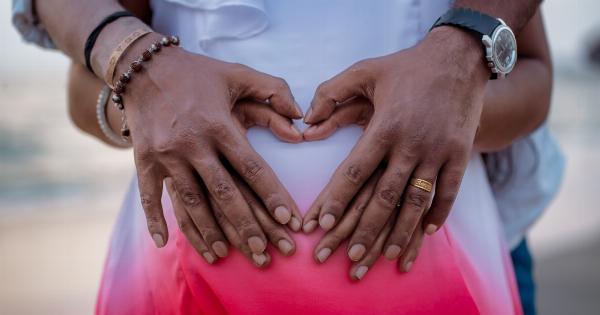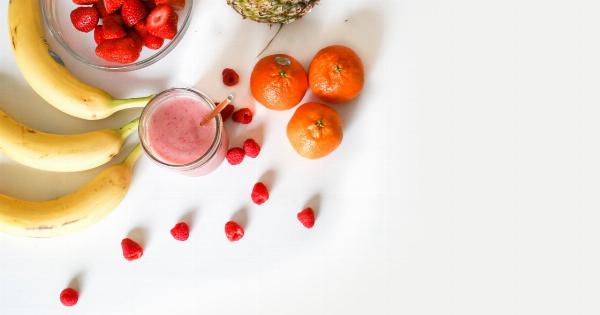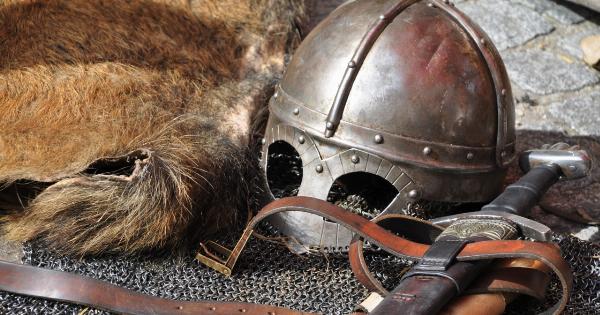Iron deficiency anemia is a medical condition that occurs when the body does not have enough iron to produce hemoglobin – the protein in red blood cells that carries oxygen to all parts of the body.
It is the most common type of anemia and affects millions of people around the world. Iron is essential for the body to function properly, and if there is not enough iron, the body cannot produce hemoglobin, which can lead to anemia.
In this article, we will discuss the causes, symptoms, diagnosis, and treatment of iron deficiency anemia.
Causes of Iron Deficiency Anemia
The causes of iron deficiency anemia can be classified into three main categories: blood loss, inadequate dietary intake, and poor iron absorption.
Blood Loss
Chronic blood loss is a common cause of iron deficiency anemia, especially in women of reproductive age. Some of the common causes of chronic blood loss include:.
- Heavy menstrual bleeding
- Tumors in the colon or rectum
- Peptic ulcers
- Hemorrhoids
- Gastrointestinal bleeding
Inadequate Dietary Intake
The body gets iron from the food we eat. If a person’s diet does not contain enough iron-rich food, they may develop iron deficiency anemia. Some of the food sources of iron include:.
- Red meat
- Poultry
- Seafood
- Beans and legumes
- Leafy green vegetables
- Iron-fortified breakfast cereals
Poor Iron Absorption
Even if a person’s diet contains enough iron-rich food, they may still develop iron deficiency anemia if their body cannot absorb the iron properly. Some of the common causes of poor iron absorption include:.
- Gastrointestinal disorders, such as celiac disease, Crohn’s disease, and ulcerative colitis
- Medications that interfere with iron absorption, such as antacids and proton pump inhibitors
- Surgery to remove part of the stomach or small intestine
Symptoms of Iron Deficiency Anemia
The symptoms of iron deficiency anemia can range from mild to severe depending on the severity of the condition. Some of the common symptoms of iron deficiency anemia include:.
- Fatigue
- Weakness
- Pale skin
- Shortness of breath
- Dizziness
- Headaches
- Cold hands and feet
- Inflammation or soreness of the tongue
- Brittle nails
- Unusual cravings for non-nutritive substances, such as ice or dirt (known as pica)
Diagnosis of Iron Deficiency Anemia
If a person is experiencing any of the symptoms of iron deficiency anemia, they should see a doctor. The doctor will evaluate the symptoms and may order some blood tests to confirm the diagnosis.
Some of the common blood tests used to diagnose iron deficiency anemia include:.
- Hemoglobin test
- Hematocrit test
- Serum ferritin test
- Transferrin saturation test
The doctor may also perform a physical examination to check for signs of anemia, such as pale skin, a fast heartbeat, or a heart murmur.
Treatment of Iron Deficiency Anemia
The treatment of iron deficiency anemia involves increasing the amount of iron in the body. This can be done through dietary changes and supplements.
Dietary Changes
The first step in treating iron deficiency anemia is to increase the amount of iron in the diet. This can be done by eating more iron-rich foods, such as:.
- Red meat
- Poultry
- Seafood
- Beans and legumes
- Leafy green vegetables
- Iron-fortified breakfast cereals
It is also important to consume foods that help the body absorb iron, such as vitamin C-rich foods like citrus fruits, strawberries, and broccoli.
Supplements
If increasing the amount of iron in the diet does not work, the doctor may recommend iron supplements. Iron supplements are available in the form of tablets, capsules, and liquid.
The doctor will prescribe the appropriate dosage based on the severity of the anemia and the person’s age and weight. It is important to take iron supplements as directed by the doctor, as too much iron can be harmful.
Blood Transfusions
In severe cases of iron deficiency anemia, the doctor may recommend a blood transfusion. A blood transfusion involves receiving donated blood through a vein in the arm.
Prevention of Iron Deficiency Anemia
Iron deficiency anemia can be prevented by eating a healthy diet that is rich in iron and taking iron supplements if necessary. Some of the tips for preventing iron deficiency anemia include:.
- Eating iron-rich foods, such as red meat, poultry, seafood, beans and legumes, and leafy green vegetables
- Eating foods that help the body absorb iron, such as vitamin C-rich foods like citrus fruits, strawberries, and broccoli
- Avoiding drinking tea or coffee with meals, as they can interfere with iron absorption
- Taking iron supplements as directed by the doctor
Conclusion
Iron deficiency anemia is a common medical condition that can affect anyone, but it is more common in women of reproductive age.
It occurs when the body does not have enough iron to produce hemoglobin, which can lead to symptoms such as fatigue, weakness, and shortness of breath. Iron deficiency anemia can be diagnosed with blood tests, and it can be treated with dietary changes, supplements, and in severe cases, blood transfusions.
The best way to prevent iron deficiency anemia is to eat a healthy diet that is rich in iron and take iron supplements if necessary.





























